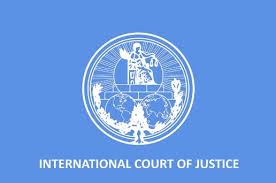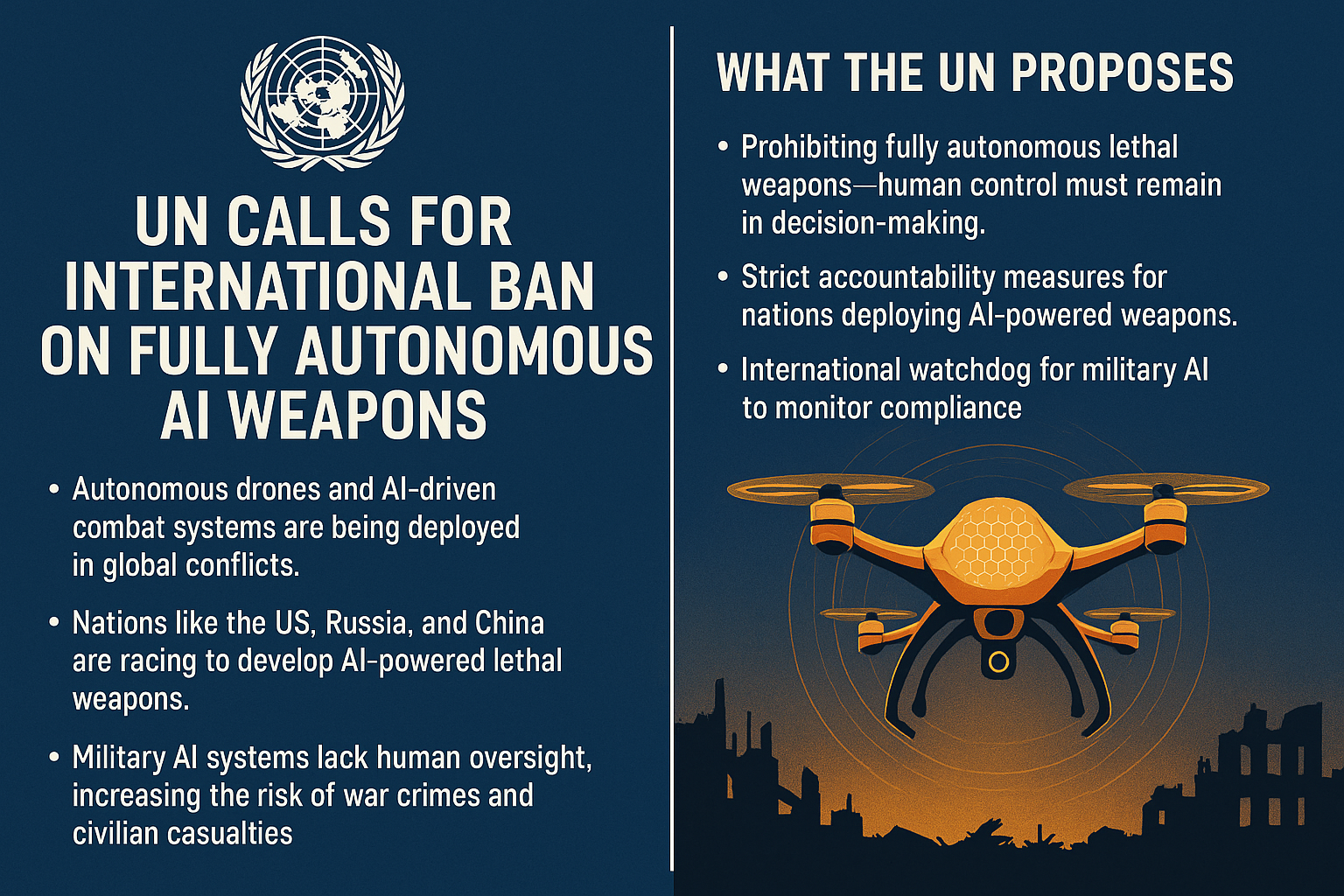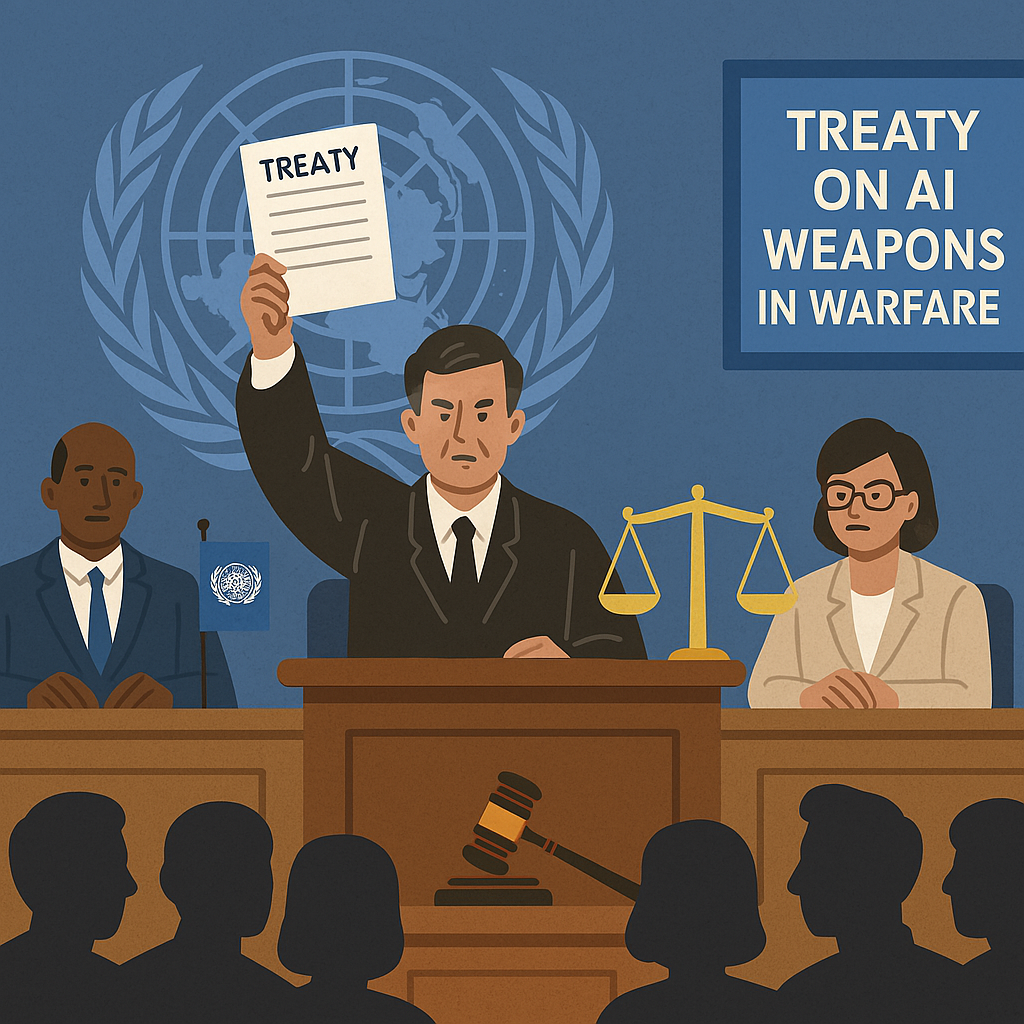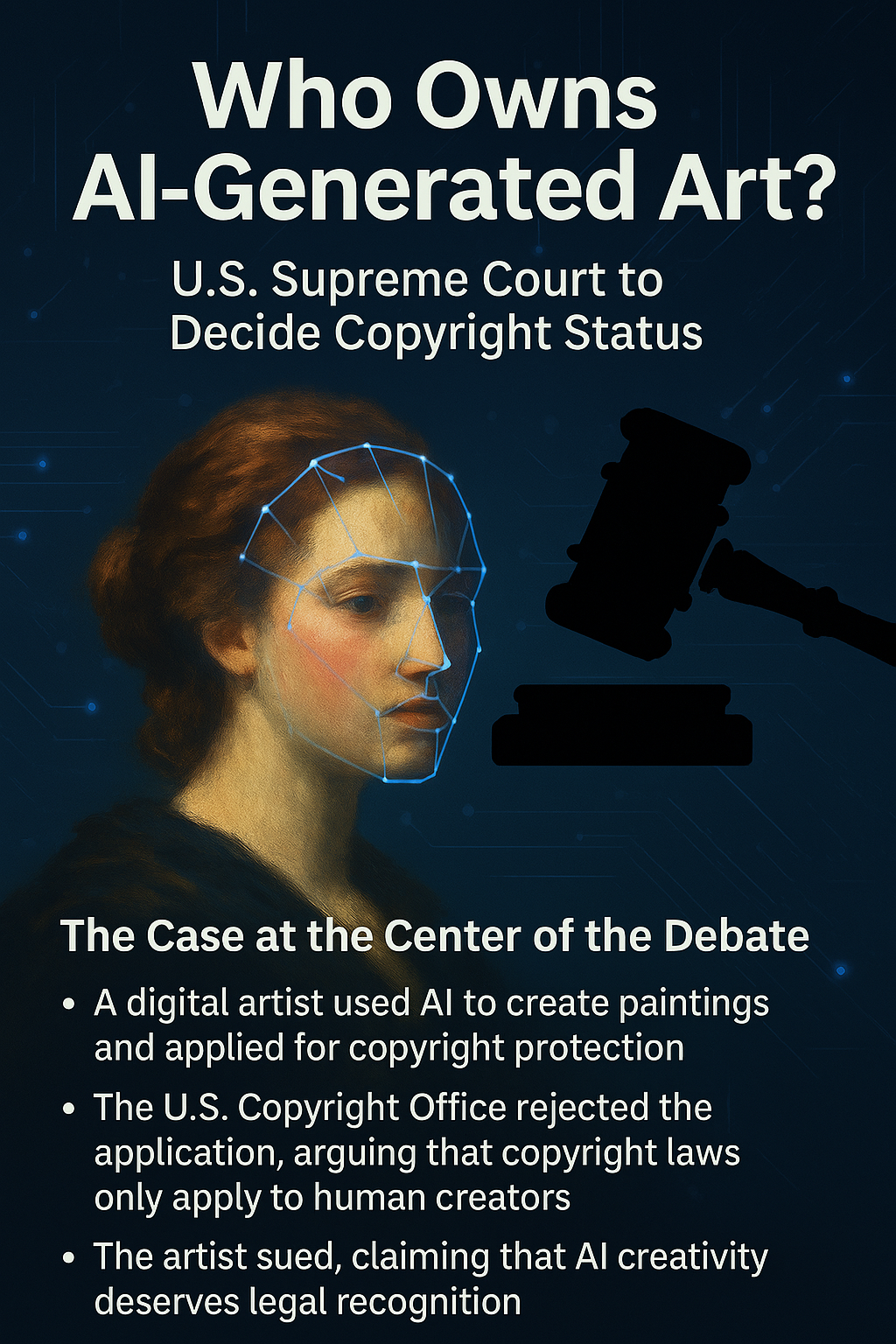Recognition of States under International Law
Recognition of States under International Law
1. Definition of Recognition
Recognition is the formal acknowledgment by one state of the existence of another entity as a state or government.
It confirms that the recognized entity meets the criteria of statehood and can participate in international relations.
Recognition may be express (formal declaration) or implied (conduct indicating acknowledgment).
2. Criteria for Statehood
According to the Montevideo Convention (1933), a widely accepted standard, a state should have:
Permanent population — a stable community of people
Defined territory — clearly established borders
Government — an effective political authority
Capacity to enter into relations with other states — independent foreign policy
3. Types of Recognition
De jure recognition: Full and formal recognition of a state or government as lawful.
De facto recognition: Acknowledgment of an entity’s control and authority in practice, without full legal recognition.
Collective recognition: Recognition granted by an international organization or group of states.
Conditional recognition: Recognition based on certain conditions or agreements.
4. Theories of Recognition
Constitutive theory: A state exists as a subject of international law only when recognized by other states.
Declaratory theory: Statehood exists independently of recognition; recognition merely acknowledges an existing fact.
International law generally supports the declaratory theory, but recognition remains important for practical relations.
5. Recognition of Governments vs. States
Recognition can be of:
A state (entity with territory, population, government)
A government (authority controlling the state apparatus)
A government may be recognized without recognizing the state as new, especially in cases of regime change.
6. Effects of Recognition
Permits diplomatic relations, treaty-making, and membership in international organizations.
Recognized states can claim sovereign immunity.
Recognition may affect rights and obligations, including treaties and property rights.
Lack of recognition can limit international interaction but does not necessarily mean lack of statehood.
7. Withdrawal of Recognition
States may withdraw recognition, but this is controversial and can cause disputes.
Withdrawal usually occurs when the recognized entity loses effective control or legitimacy.
8. Examples and Cases
Taiwan: Has statehood criteria but limited recognition.
Kosovo: Partial recognition; contested by Serbia and others.
South Sudan: Recognized after independence in 2011.
Israel: Recognized by many but not by some states.
9. Role of the United Nations
Admission to the UN requires recommendation of the Security Council and approval by the General Assembly.
UN membership is a strong indicator of widespread international recognition.
Summary
| Aspect | Description |
|---|---|
| Recognition | Formal acknowledgment of statehood |
| Statehood Criteria | Permanent population, territory, government, foreign relations |
| Recognition Types | De jure, de facto, collective, conditional |
| Theories | Constitutive (recognition creates state), Declaratory (state exists independently) |
| Effects | Enables diplomatic relations, treaty-making, immunity |
Do write to us if you need any further assistance.


























0 comments